About Nagpur
Nagpur, known as the Orange City, is a place where different cultures come together. It is also where Dr. B.R. Ambedkar and over 400,000 people became Buddhists in 1956, a historic moment for India.
The city is famous for the Marbat Festival, a 144-year-old tradition where people carry and burn effigies of Marbat and Badgya as part of a unique celebration.
With its rich history and traditions, Nagpur is a city that blends culture and community in a special way.
Cultures & Traditions of Nagpur
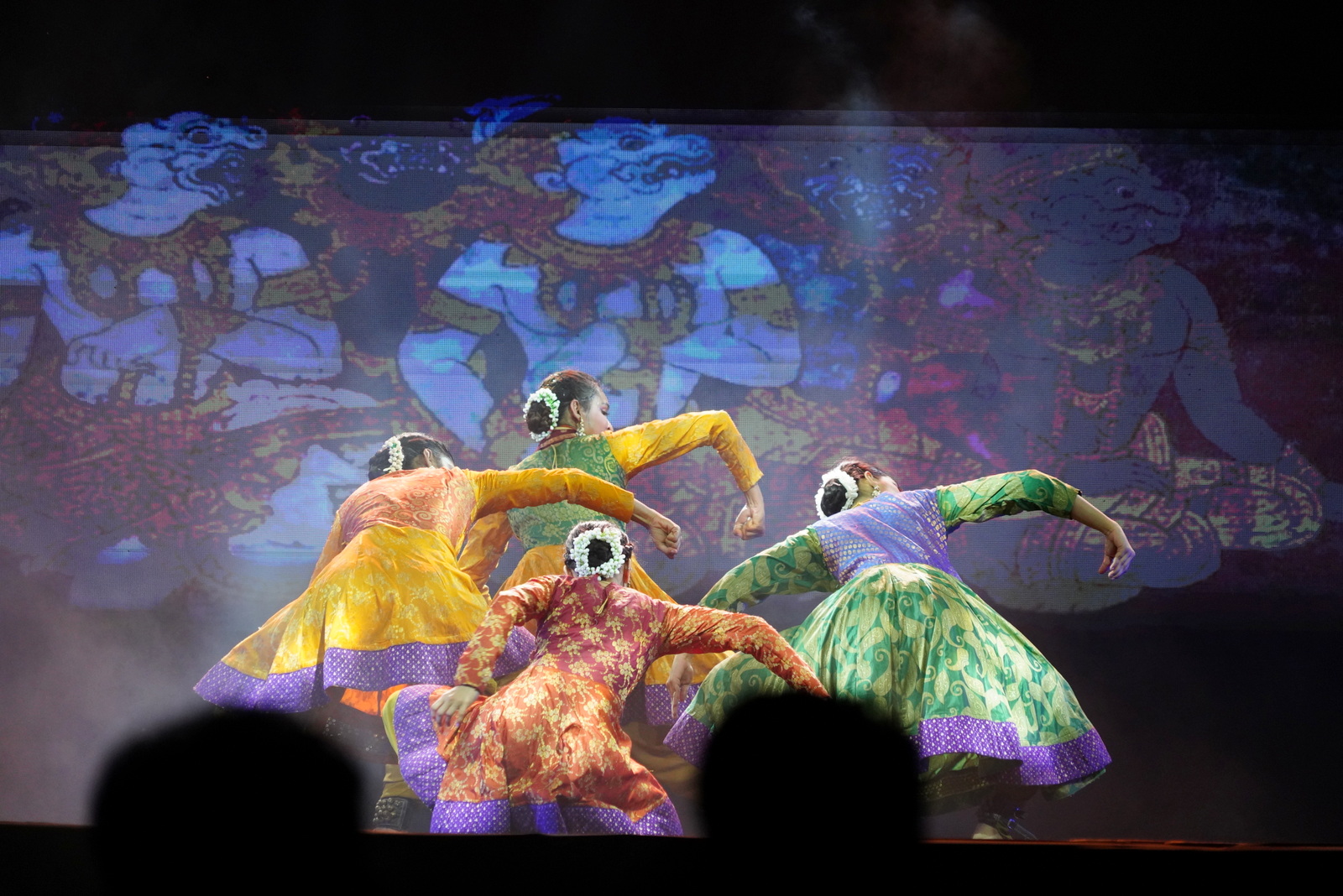
Kalidas festival
The Kalidas Festival is held every November in Ramtek, Nagpur, to honor the poet Kalidas. It features music, dance, and drama performances in a beautiful setting, celebrating the region’s culture and history.
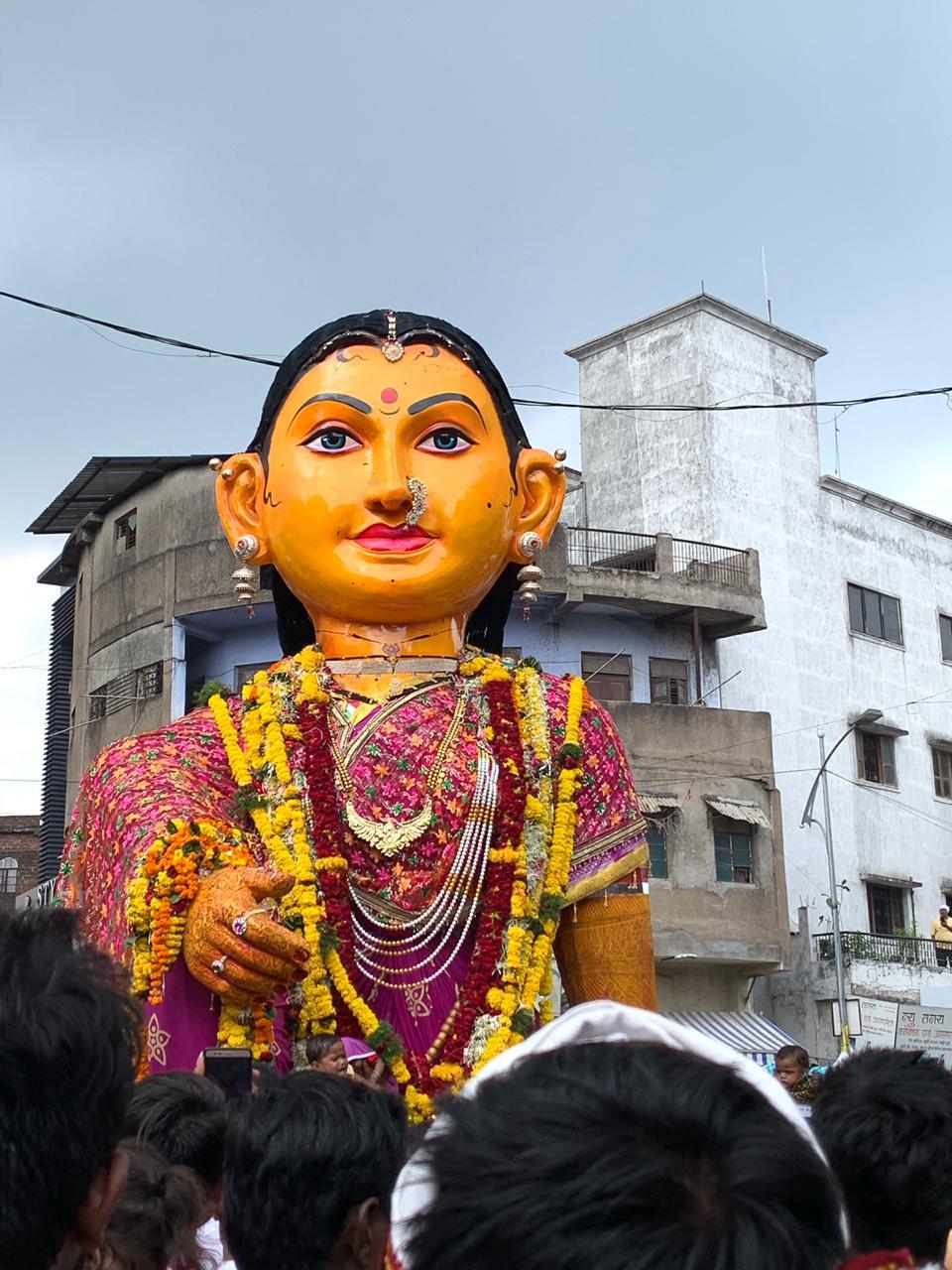
Marbat
During Tanha Pola, symbolic effigies called Marbat, representing evil, are taken in a 10km procession through Itwari and East Nagpur before being burned to dispel negativity. The yellow Marbat is led by Teli Samaj Mandal, with the Tadikar family crafting them for decades.
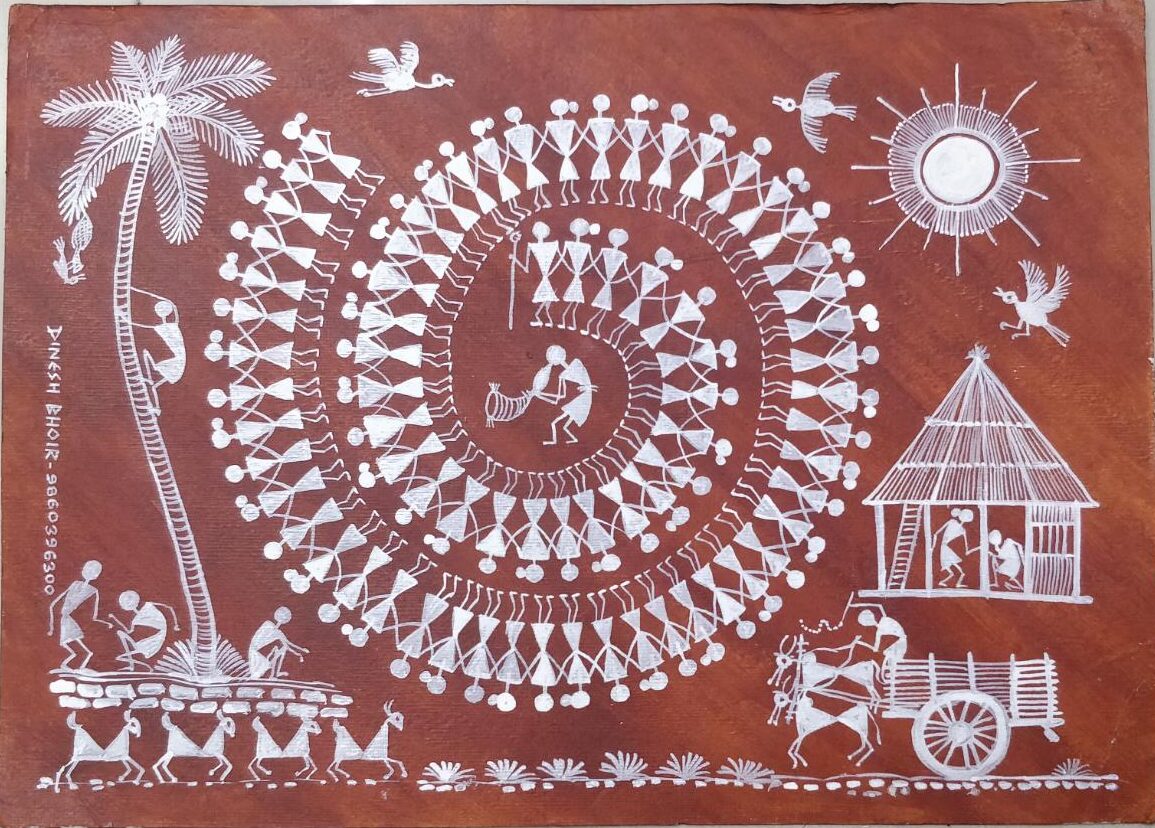
Warli Painting
Warli painting is tribal art mostly created by the tribal people from the North Sahyadri Range in Maharashtra, India. Warli paintings exist in cities such as Dahanu, Talasari, Jawhar, Palghar, Mokhada, and Vikramgad of Palghar district, and originated in Maharashtra, where it is still practiced today.
Nagpur’s Cultural Icons
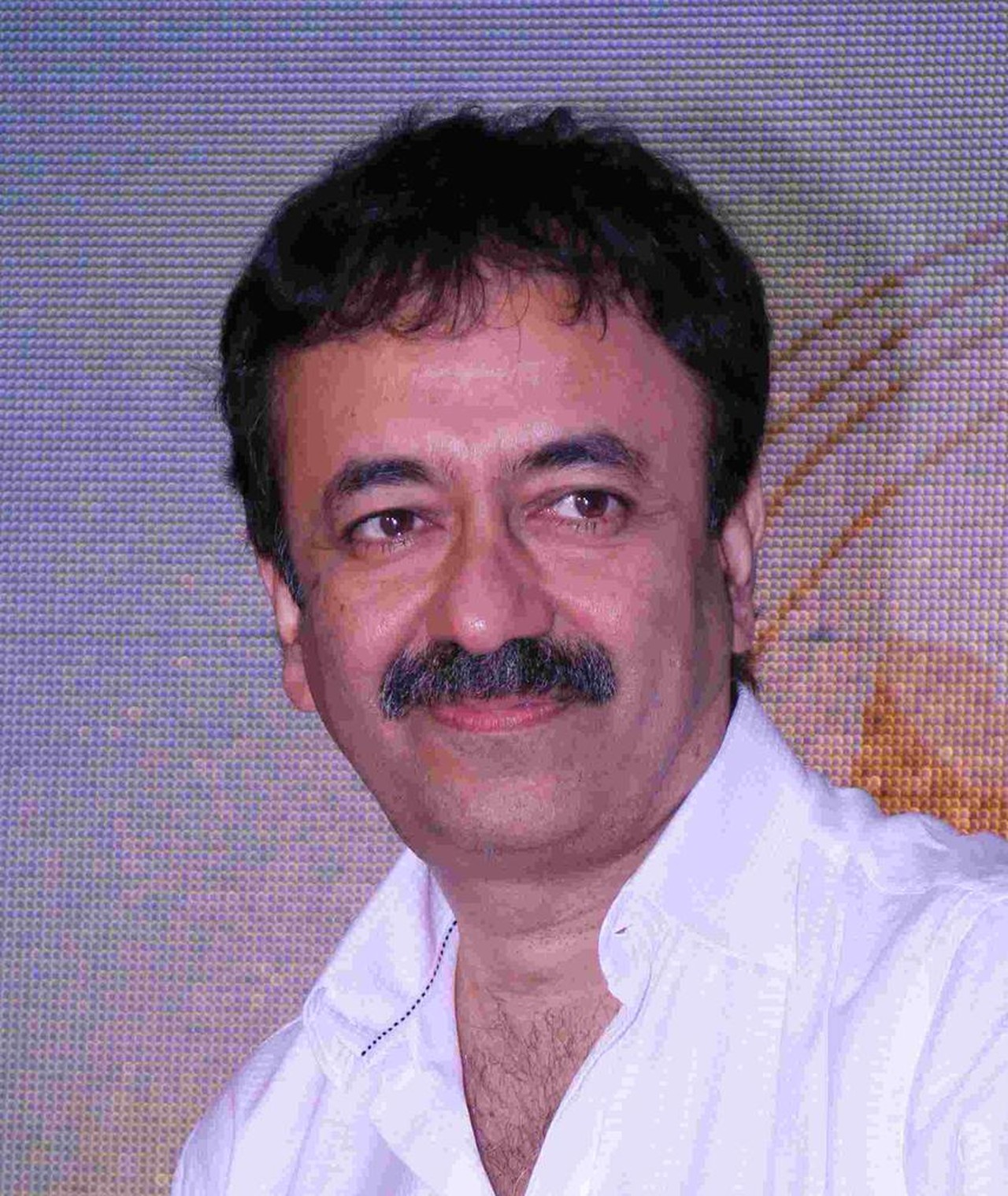
Rajkumar Hirani
Rajkumar "Raju" Hirani (born 20 November 1962) is an Indian filmmaker known for his works in Hindi films. He is the recipient of several accolades, including four National Film Awards and 11 Filmfare Awards.
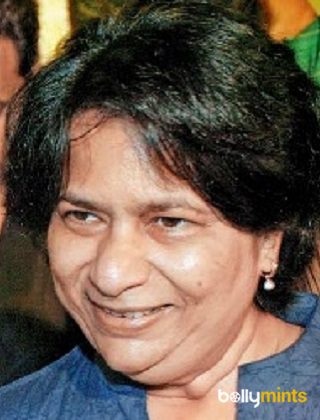
Varsha Bhosle
Varsha Bhosle (1956 – 8 October 2012) was an Indian singer, journalist and writer based in Mumbai. She was the daughter of the playback singer Asha Bhosle.
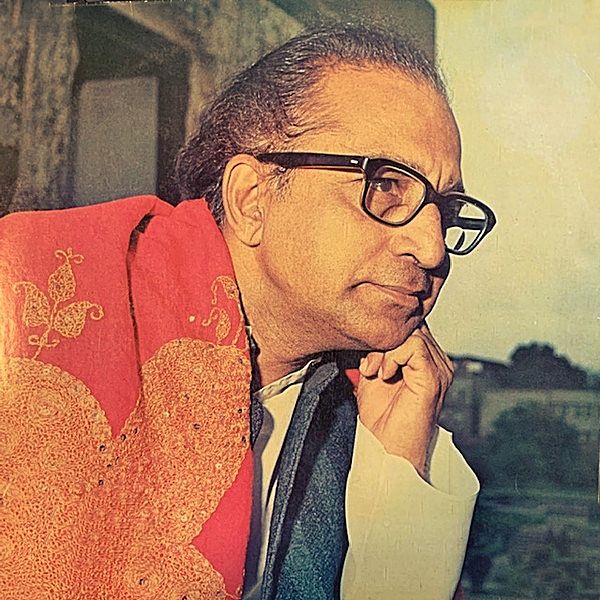
Vasantrao Deshpande
Vasantrao Deshpande (2 May 1920 – 30 July 1983) was a Hindustani classical vocalist renowned for his contribution to Natya Sangeet (musical dramas).
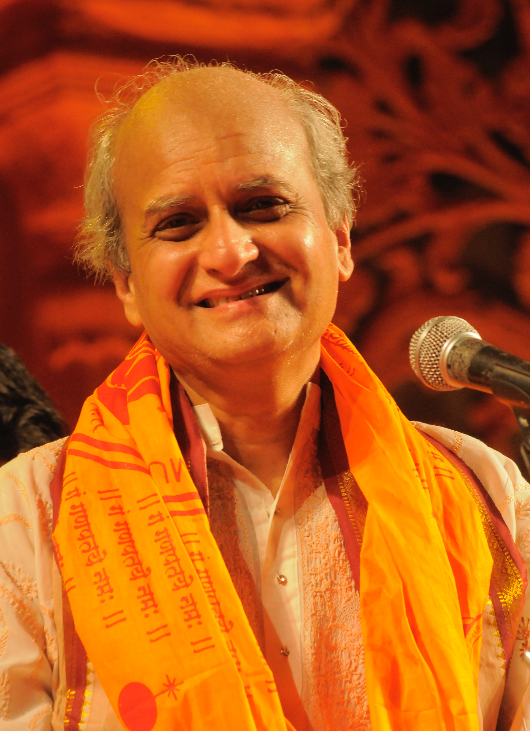
Ulhas Kashalkar
Pandit Ulhas Kashalkar (born 14 January 1955) is a Hindustani classical vocalist. He has received training in the Gwalior, Jaipur and Agra gharanas, and is considered one of the finest representative of all three schools.
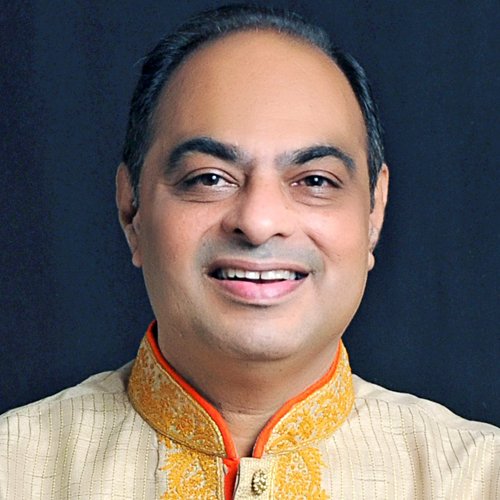
Shishir Parkhie
Shishir Parkhie is an Indian Ghazal singer. He was nominated twice for the Global Indian Music Academy Awards in the Best Ghazal Album category. Shishir is a Composer and a Playback Singer also known for his performances in Bhajan, Geet, Devotional and Filmi Songs.

Avinash Balkrishna Patwardhan
Avinash Balkrishna Patwardhan born 30 August 1953 in Nagpur, Maharshatra (India) is a civil engineer from Govt College of Engineering, Amravati (GCoEA) in 1975 and a law graduate who has profound knowledge and interest in Indian classical music.
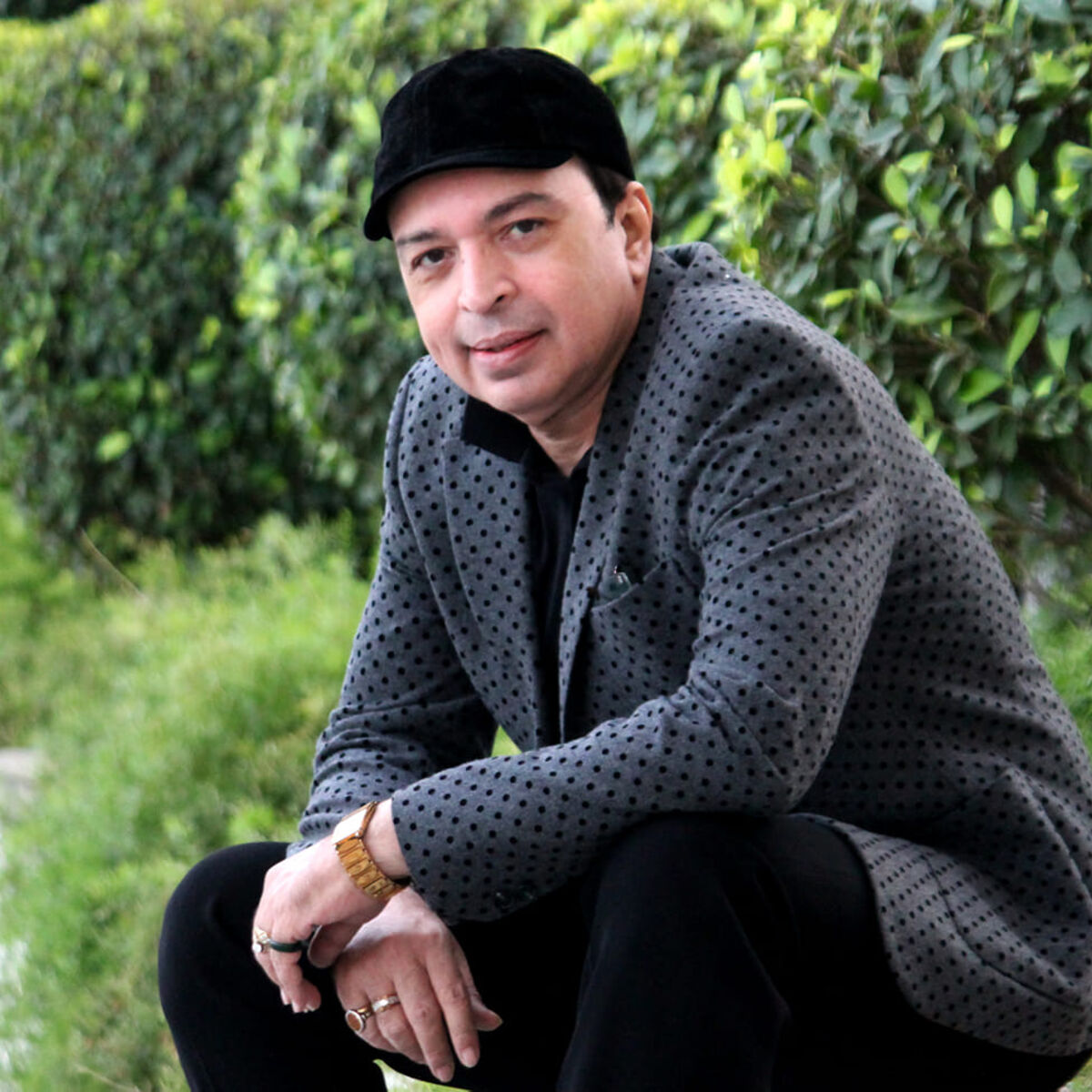
Altaf Raja
Altaf Raja (born 15 October 1967) is an Indian Qawwali singer. In 1997 Altaf gained recognition with his debut album Tum To Thehre Pardesi. His most recent song is Ae Sanam. He uses urdu shayari in his Songs.
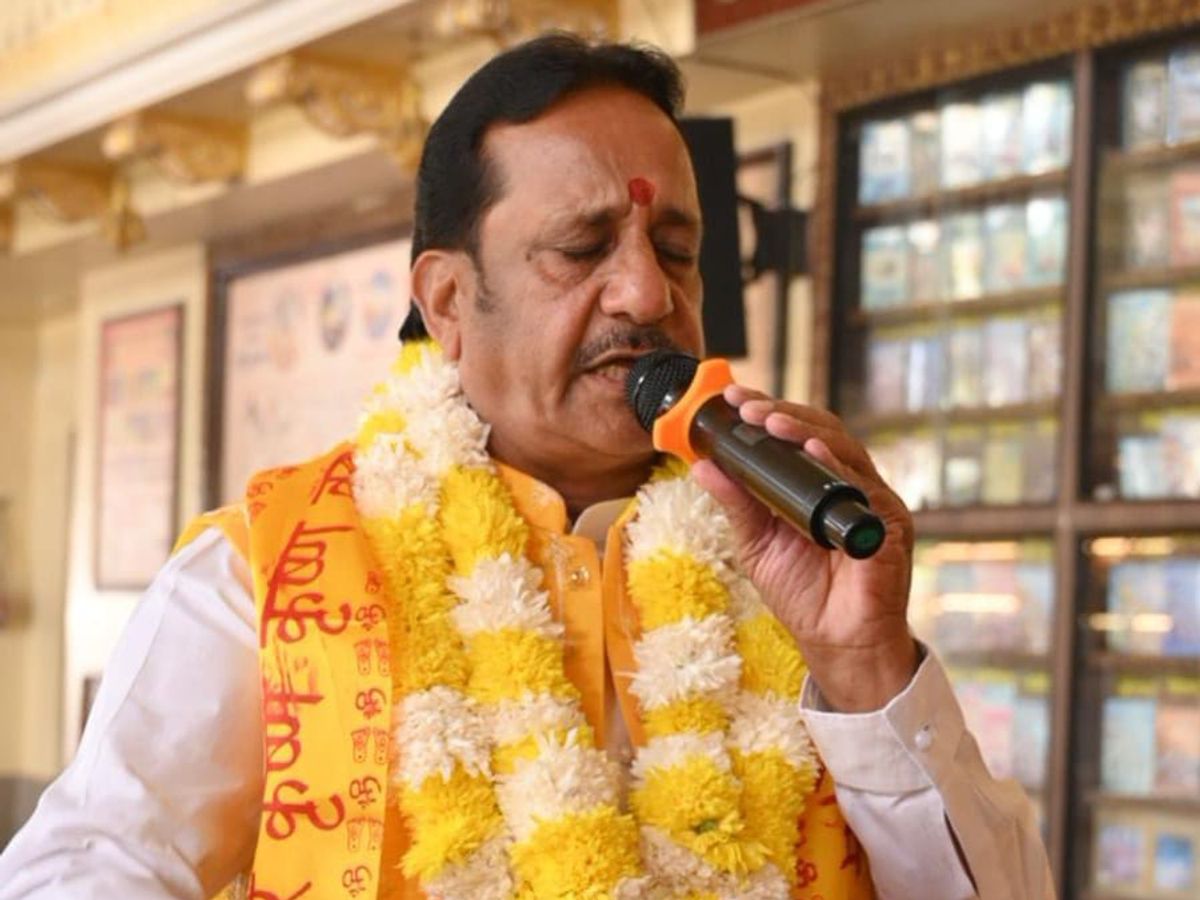
Pandit Sudhir
Pandit Sudhir (born 17 February 1974) is an Indian sitar player of Hindustani classical music. He is known for the vocalistic phrasing of his raga improvisations. He has learnt sitar from the Imdadkhani Gharana, popularly known as the Etawah Gharana.
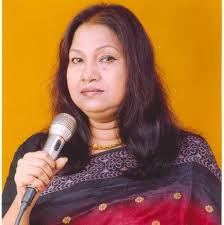
Usha Timothy
Usha Timothy is a veteran Bollywood playback singer. Referred to as a "Singer with a difference" She began her career in the film Himalay Ki Godmein (1965). She has sung 5,000 songs in multiple Indian languages such as Hindi, Malayalam, Punjabi, Bhojpuri and Marathi etc.
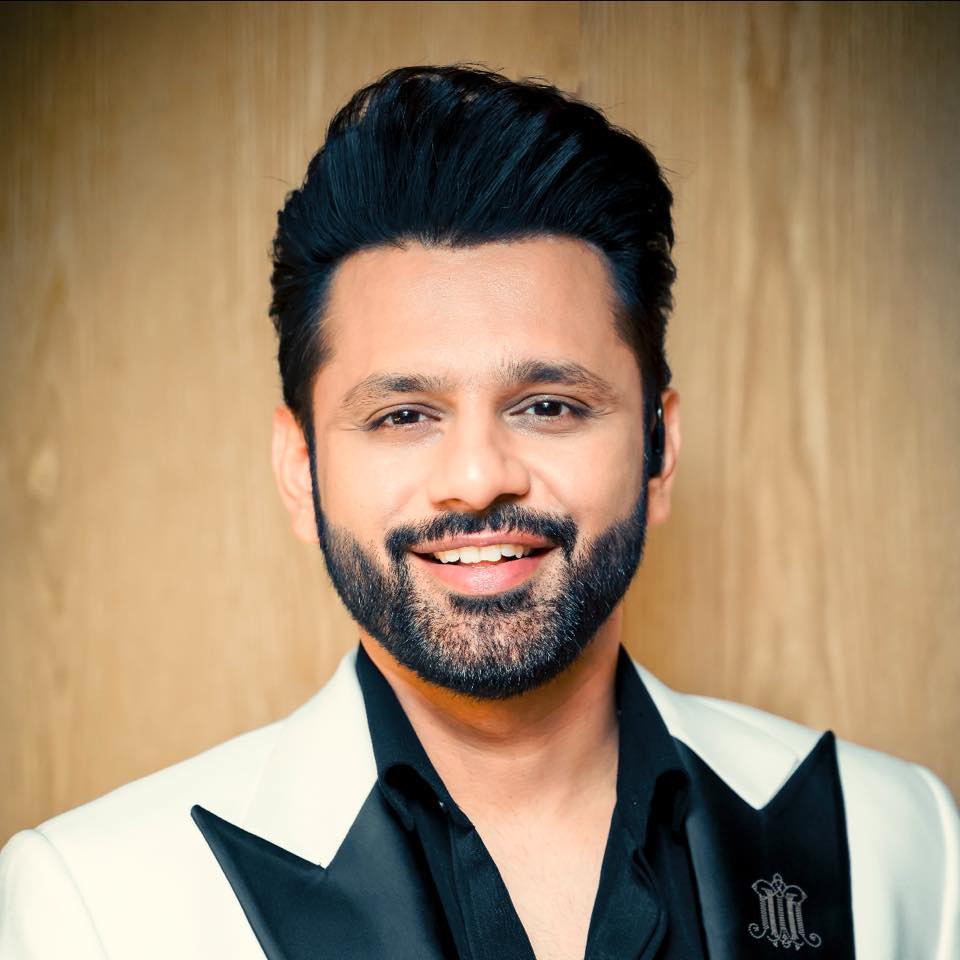
Rahul Vaidya
Rahul Krushna Vaidya (born 23 September 1987) is an Indian singer and music composer. He started his career with the reality show Indian Idol 1 in which he became 2nd runner up. He has also participated in Bigg Boss 14 and was crowned as the 1st runner up. He also participated in Fear Factor: Khatron Ke Khiladi 11 and became a finalist.

Vidyadhar Vyas
Pandit Vidyadhar Vyas (born 8 September 1944) is an Indian Hindustani vocalist, and a contemporary exponent of the Paluskar style of North Indian classical singing. He belongs to the Gwalior gharana and the lineage of Sangeet Maharshi Pandit Vishnu Digambar Paluskar contributed to his background.
Art & Literature
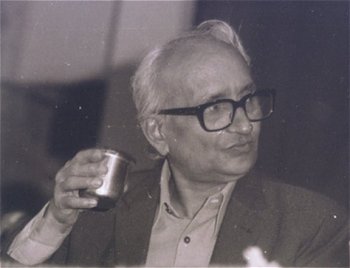
Gopalakrishna Adiga
Mogeri Gopalakrishna Adiga (18.2.1918–14.11.1992) was a modern Kannada poet. He is known by some commentators as the "pioneer of New style" poetry.
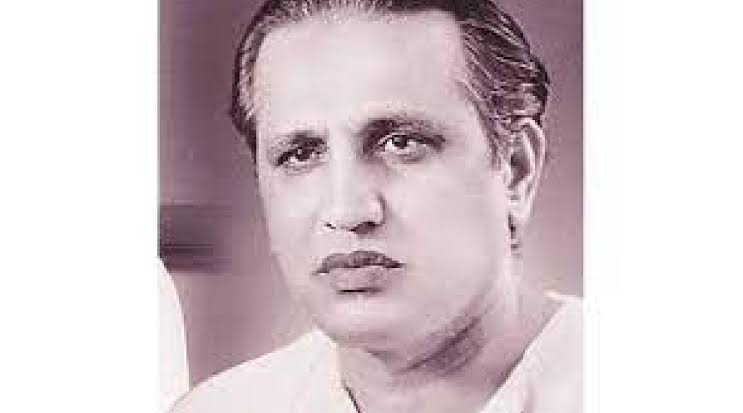
Raja Badhe
Raja Badhe (1912–1977) was an Indian, Marathi poet from Maharashtra, India. He first made his name in Nagpur as a poet. Later he moved to Mumbai. He worked for All India Radio for some time. He is known for writing the State Anthem of Maharashtra.
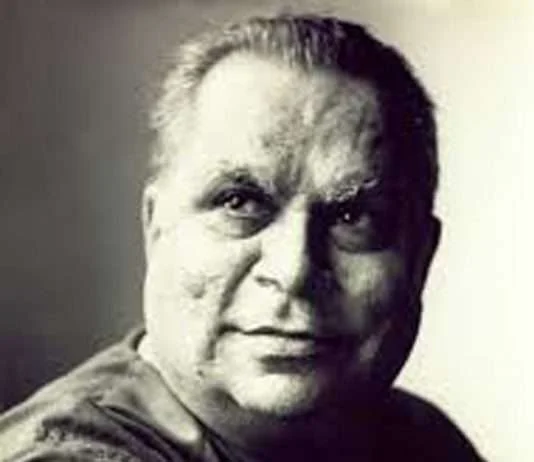
Suresh Bhat
Suresh Bhat (15 April 1932 – 14 March 2003) was a Marathi poet from the state of Maharashtra, India.
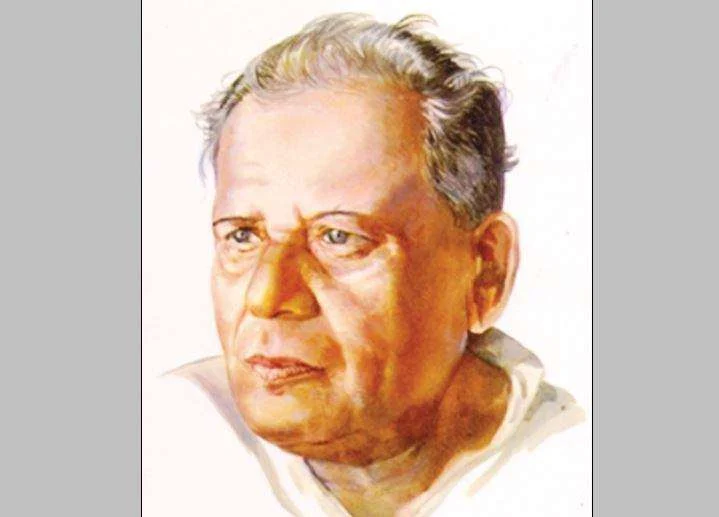
Purushottam Bhaskar Bhave
Purushottam Bhaskar Bhave (12 April 1910 – 13 August 1980) was a Marathi writer from Maharashtra, India.
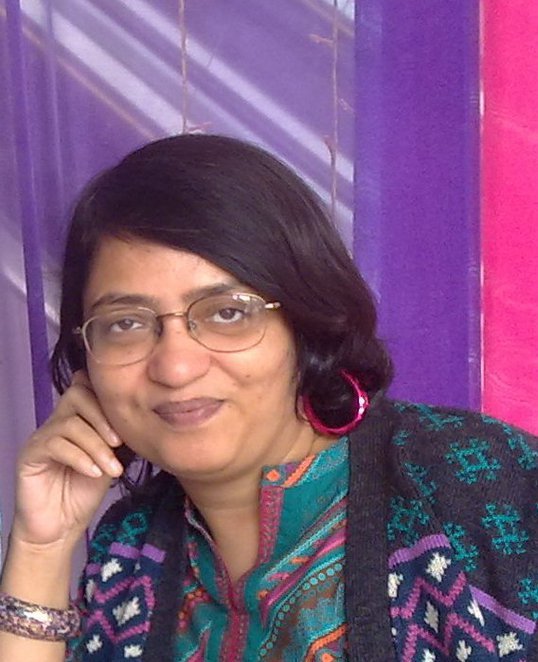
Neelam Saxena Chandra
Neelam Saxena Chandra (born 27 June 1969) is an Indian poet and author. She has written novels, short stories, children's stories, and poetry in English and Hindi.
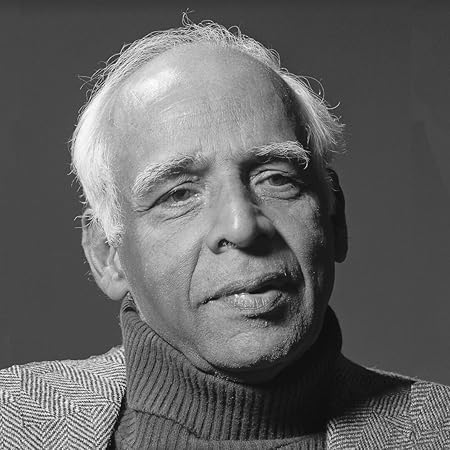
Eknath Easwaran
Eknath Easwaran (December 17, 1910 – October 26, 1999) was an Indian-born spiritual teacher, author and translator and interpreter of Indian religious texts such as the Bhagavad Gita and the Upanishads.

Mahesh Elkunchwar
Mahesh Elkunchwar (born 9 October 1939) is an Indian playwright and screenplay writer in Marathi language with more than 20 plays to his name, in addition to his theoretical writings, critical works, and his active work in India's Parallel Cinema as actor and screenwriter.
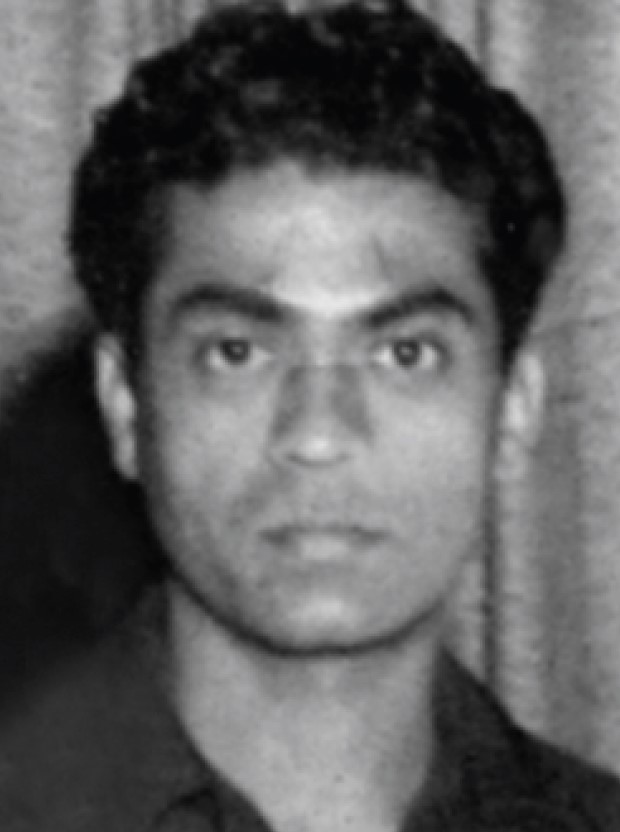
Vasudeo S. Gaitonde
Vasudeo S. Gaitonde (1924 – 10 August 2001), also known as V. S. Gaitonde, was an Indian painter. He was regarded as one of India's foremost abstract painters. Gaitonde received the Padma Shri by the Government of India in 1971.
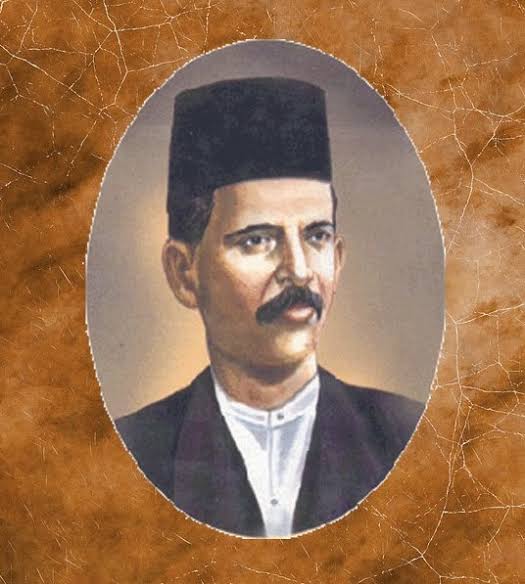
Ram Ganesh Gadkari
Ram Ganesh Gadkari (26 May 1885 – 23 January 1919) was a Marathi poet, playwright, and humorist from Bombay Presidency, India.
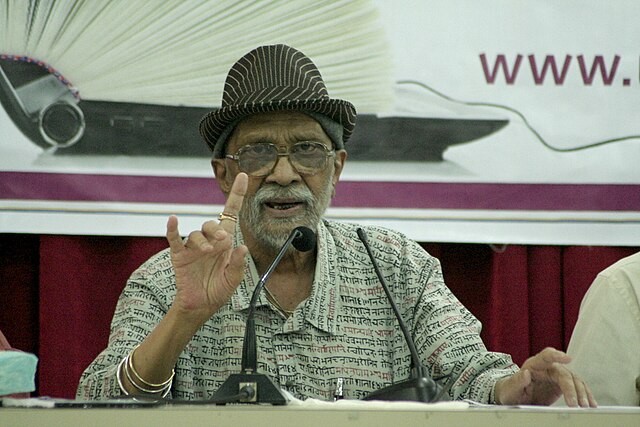
Manik Sitaram Godghate
Manik Godghate, popularly known by his pen name Grace, was a Marathi prose writer and poet. He is most popular as lyricist of the Marathi song "Bhaya Ithale Sampat Nahi", which was sung by Lata Mangeshkar as the title track for the TV serial Mahashweta. His book Vaaryane Halte Raan The forest swings with the wind) was awarded the prestigious Sahitya Akademi Award in 2011.

Dhanashree Halbe
Dhanashree Halbe is a well known poet and a writer for children"s stories. She has written more than 15 books, hundreds of short stories and articles for various age groups. She has translated 10 books from Malayalam to Marathi.

Gauri Jog
Gauri Jog is a Kathak dancer, Choreographer and research scholar from Chicago. She has been practicing Kathak dance and considered as an exponent of Lucknow and Jaipur Gharana.
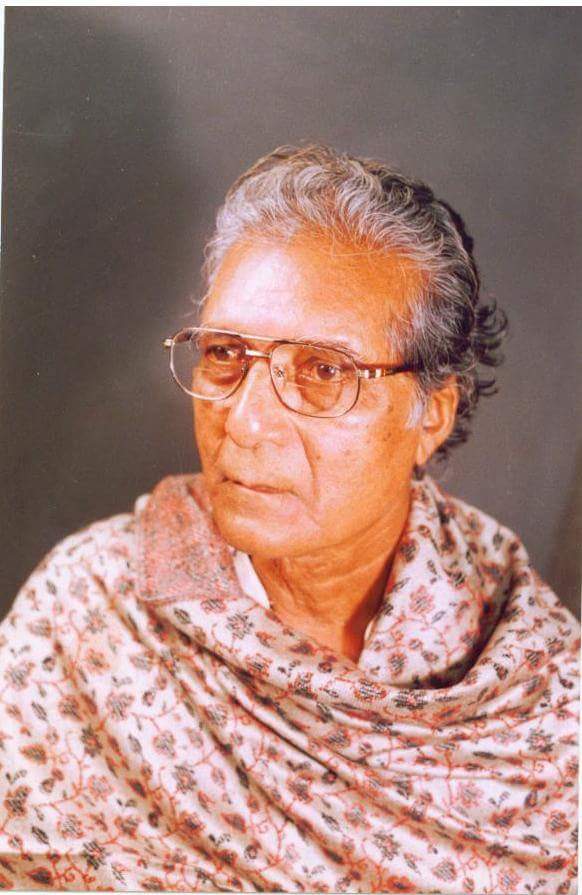
Shahid Kabir
Shahid Kabir (1 May 1932 – 11 May 2001) was an Urdu language poet and writer from Maharashtra, India. He was an active writer from 1952, writing poetry, short stories and articles.
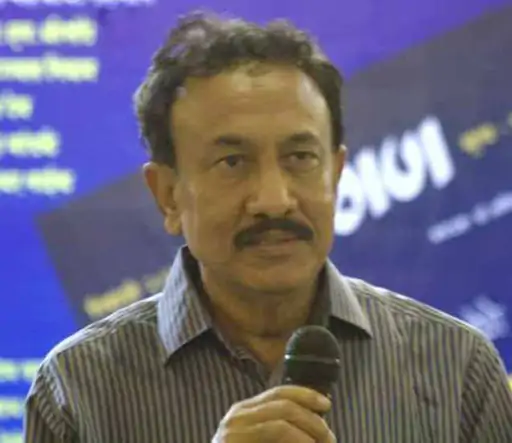
Akshaykumar Kale
Dr. Akshaykumar Malharrao Kale born 27 July 1953, is a critic of modern Marathi poetry, and was Professor and Head of Marathi Department in RTM Nagpur University, Nagpur, India.
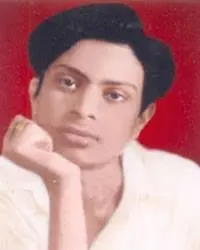
Indra Bahadur Khare
Indra Bahadur Khare (16 December 1922 – 13 April 1953) was an Indian Hindi-language poet, a participant in Kavi-Sammelan, and a professor of 20th century Hindi literature.

Vishnu Bhikaji Kolte
Vishnu Bhikaji Kolte (1908–1998), popularly called Bhausaheb Kolte was a Marathi writer and researcher of old Marathi literature. He hailed from Maharashtra, India. He served as Vice chancellor in Rashtrasant Tukadoji Maharaj Nagpur University.

Bhau Panchbhai
Bhau Panchabhai (1 March 1944 - 21 January 2016) was an Indian Marathi language poet, writer, and Ambedkarite-Dalit activist. He is best known for his first poetry collection Hunkaar Vadaalnche for which he was awarded by the Government of Maharashtra for the best poetry collection of 1989.
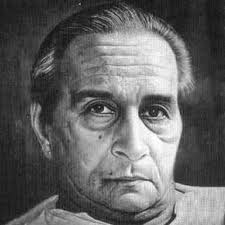
Harishankar Parsai
Harishankar Parsai (22 August 1922 – 10 August 1995) was an Indian writer who wrote in Hindi. He was a noted satirist and humorist of modern Hindi literature and is known for his simple and direct style.
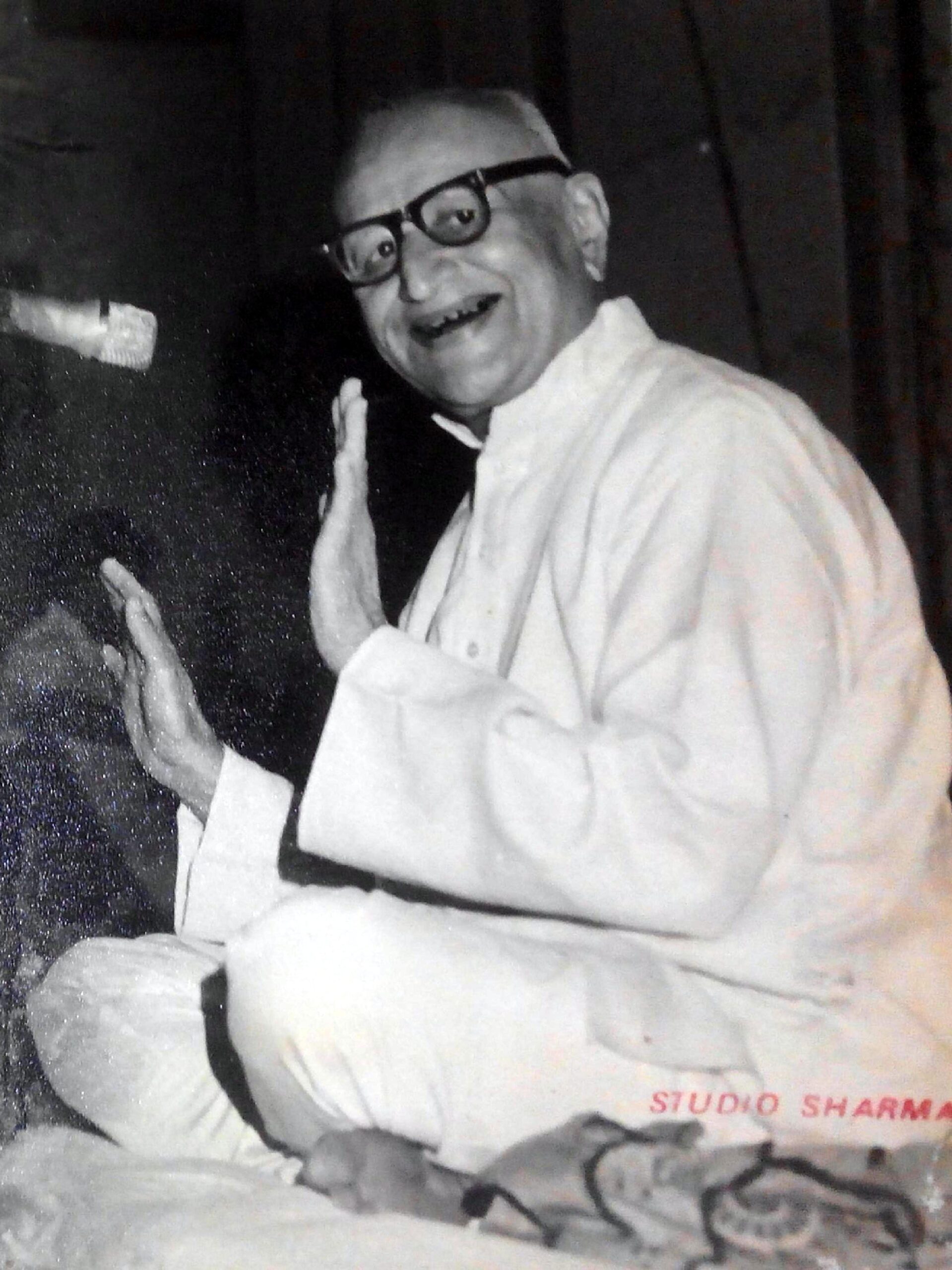
Wasudev Waman Patankar
Wasudev Waman Patankar (29 December 1908 – 20 June 1997), popularly known by the name Bhausaheb Patankar (Marathi: भाऊसाहेब पाटणकर), was a prominent Marathi shayar, and one of the first to pen Marathi shayari, until then Shayari was an outcome of Urdu language. W.W Patankar was an Advocate by profession.
Geographical Significance
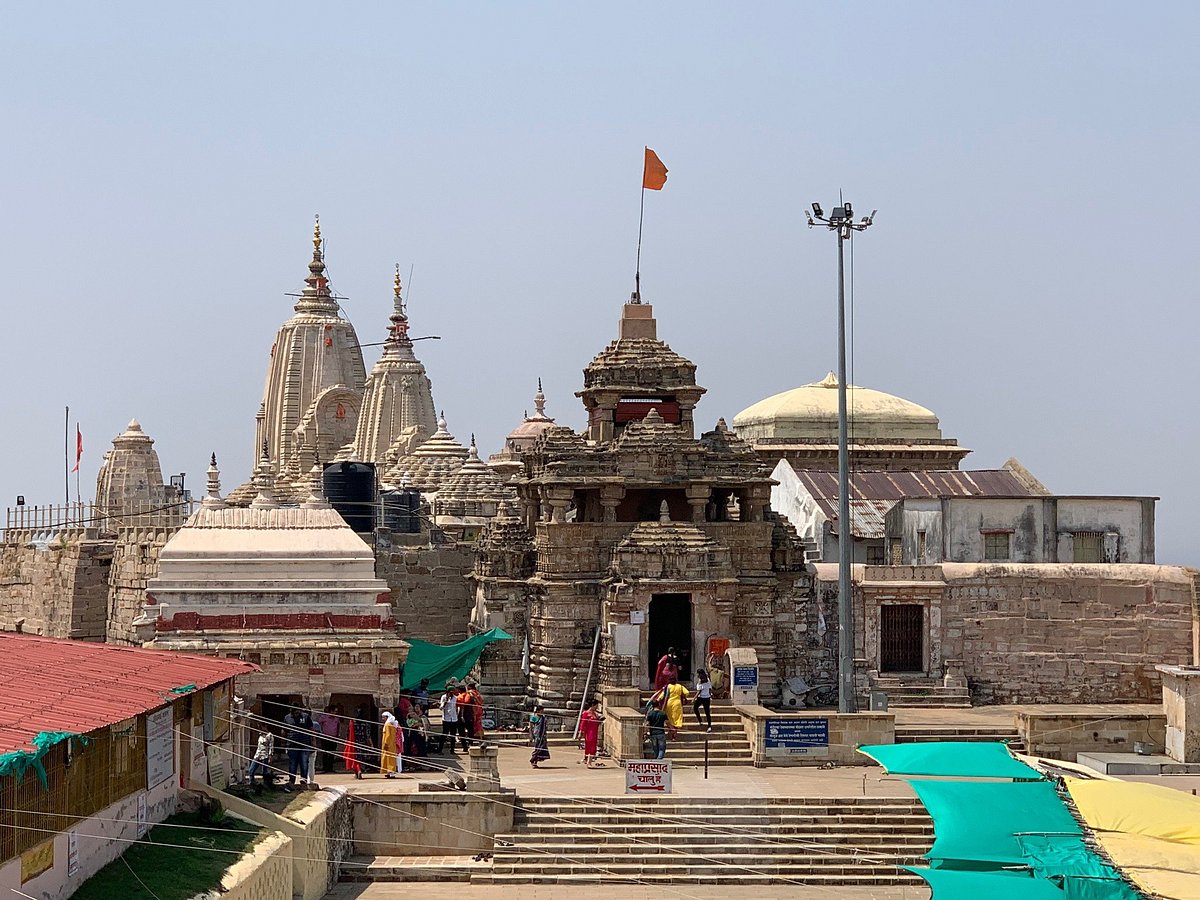
Ramtek
Ramtek hosts a historic temple of Rama. It is believed that Ramtek was the place where Rama, the Hindu god, rested while he was in exile, Hence it is named Ramtek. According to Hindu mythology, the ashram of the Hindu sage Agastya was situated close to Ramtek. The present temple was built by Raghuji Bhonsale, the Maratha ruler of Nagpur in 18th century after his victory over fort of Deogarh in Chhindwara.
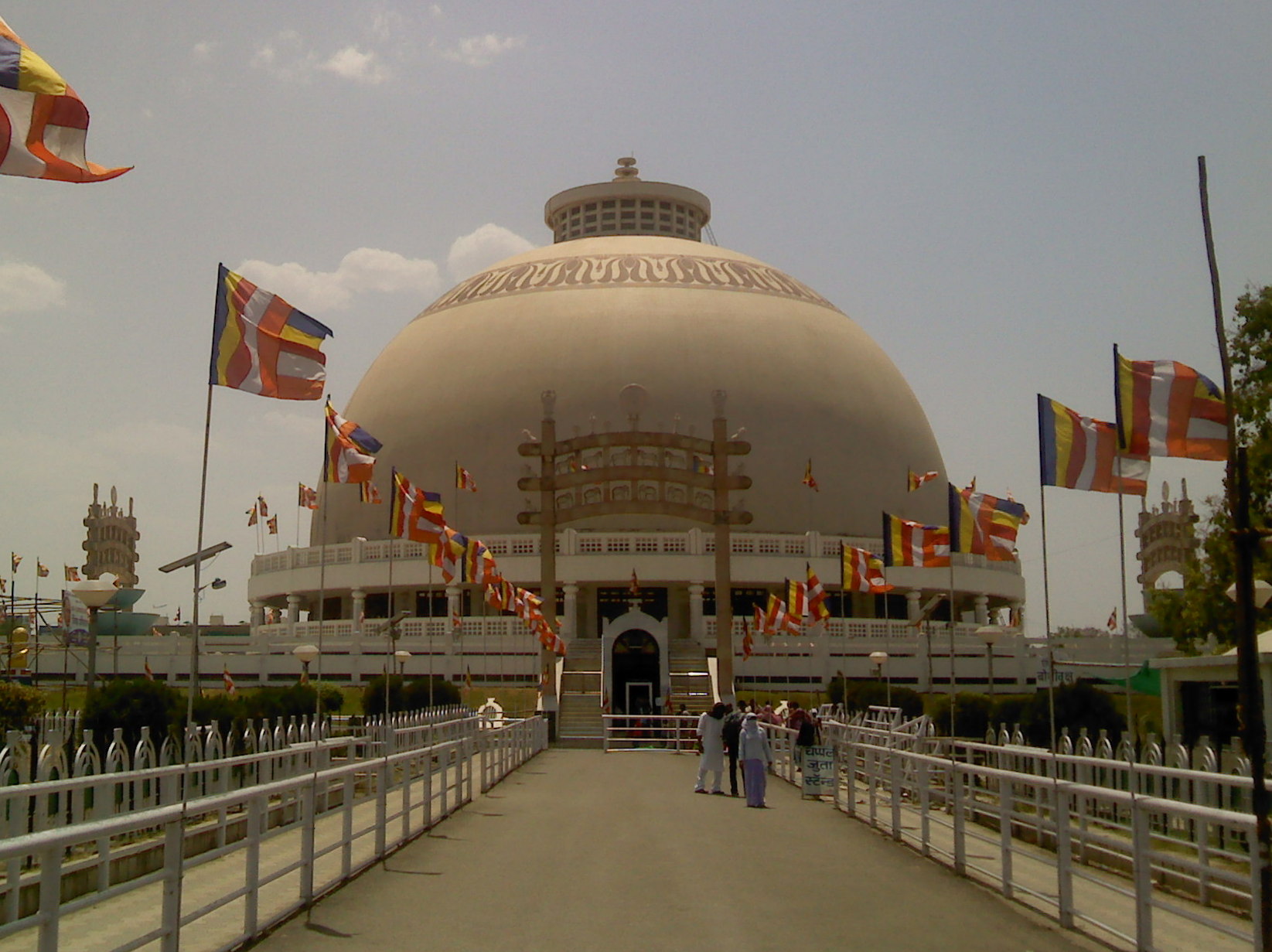
Deekshabhoomi
Deekshabhoomi, also written as Deeksha Bhoomi, is a sacred monument of Navayana Buddhism located in Nagpur city in the state of Maharashtra in India; where B. R. Ambedkar with approximately 400,000 of his followers,[1] mainly Dalits, embraced Buddhism on Ashoka Vijaya Dashami on 14 October 1956. Ambedkar played a significant role in the revival of Buddhism in India, and inspired many such mass conversions to Buddhism.
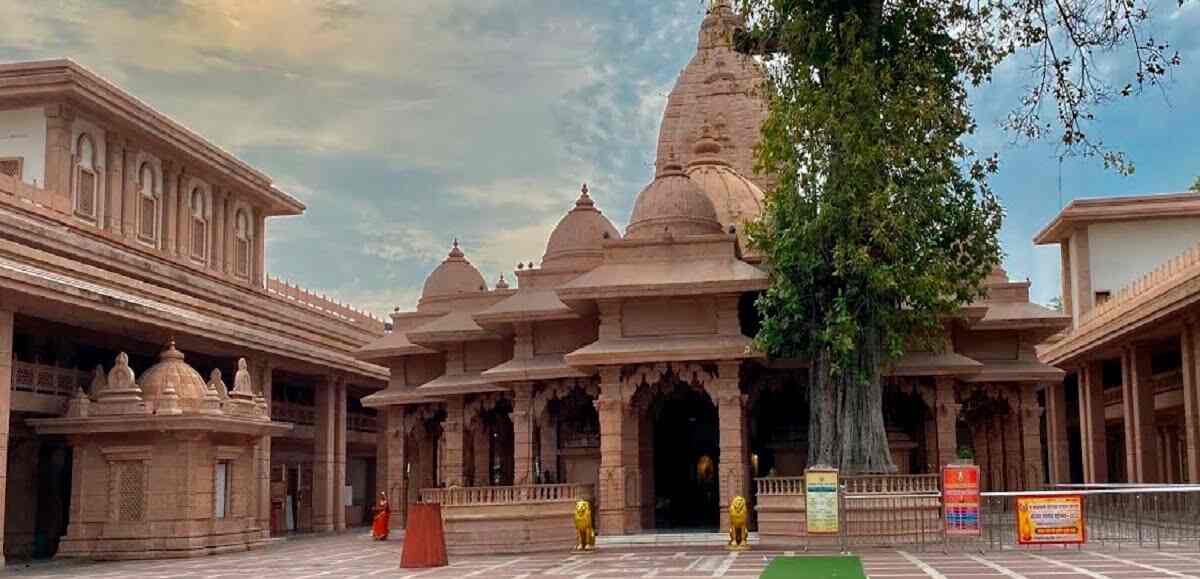
Koradi Mandir On Of The Shakti Pith
Shree Mahalaxmi Jagdamba Mata Mandir is a Hindu temple located in Nagpur, Maharashtra, India. The temple is dedicated to the Hindu goddess Jagdamba Mata, also known as Mahalaxmi. The temple is a popular pilgrimage destination for devotees from across India and the world, and it is renowned for its spiritual significance and architectural beauty.
